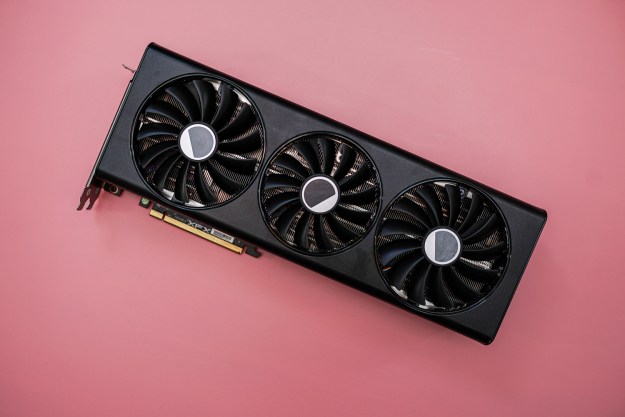Trust of major news outlets on Twitter is low, yet Twitter users often share concerns on certain issues before they are picked up by those same mainstream outlets.
In the largest study of Twitter conversations from three minority communities yet conducted, a report commissioned by the John S. and James L. Knight Foundation and published on February 27 shared insights into Twitter’s role in the news cycle. The study comes as multiple social media platforms continue an ongoing fight against fake news.
The study looks at three social media subcultures, what the group has named Black Twitter, Feminist Twitter, and Asian American Twitter. The researchers looked at over 46 million tweets from hashtags related to those communities during 2015 and 2016. Using human analysis alongside software to pick up patterns in the data, the group also conducted interviews among both community members and journalists. The results of the study are available in a full report and an interactive website created by Postlight, which includes interactive graphs on the biggest hashtags used in the study.
In one of the key findings, the study’s author’s suggest that Twitter gives a voice to those subcultures, serving as a platform to share either before a topic is picked up by major news outlets or to share with their own commentary. On the flip side, the interviews highlighted how many journalists use Twitter for insight — and even embed tweets into articles as a look at how the community is reacting to the topic. (The latter, the study suggests, makes some Twitter users uncomfortable because the practice could potentially open up the original tweeter to harassment, and could also raise intellectual property concerns).
While fake news is continually making headlines as social media platforms make changes in the wake of the investigation into Russian interference in the U.S. election, the study suggests that Twitter users are more concerned with the framing of the story. Many of the tweets in the study were wary of which data was emphasized over others.
After reviewing 23 major news outlets, the study suggests Twitter users are two times more likely to tweet a negative view rather than a positive one. The analysis also suggested that the number of times a news story was shared wasn’t tied to an “approval rating,” because only one of the most shared news outlets in the study actually had a favorable rating.
“A strong future for journalism is dependent on accurate reporting that reflects the stories and concerns of all of our communities,” LaSharah Bunting, Knight Foundation director for journalism, said in a press release. “The report offers a window into how some of these communities interact with the news on their own terms, opening an opportunity for journalists to connect with their audiences in new and different ways.”
The full report is available online.



